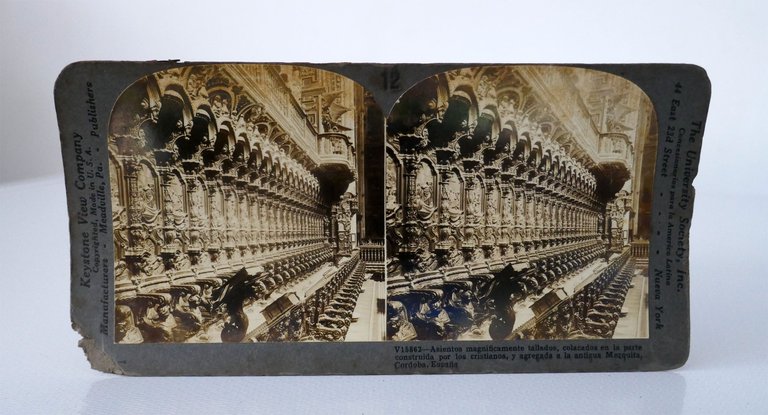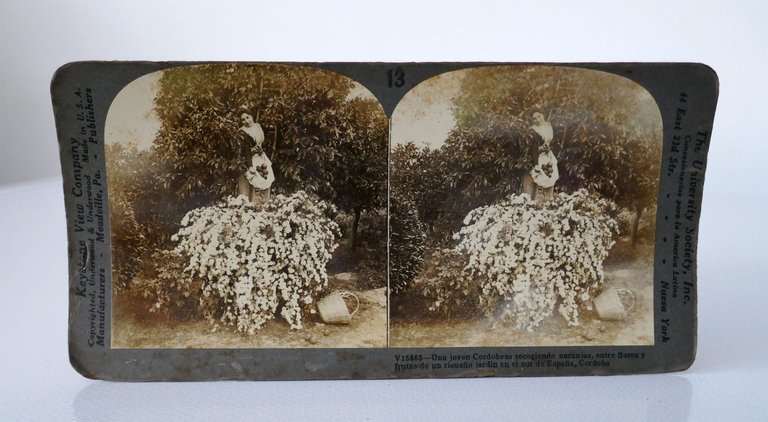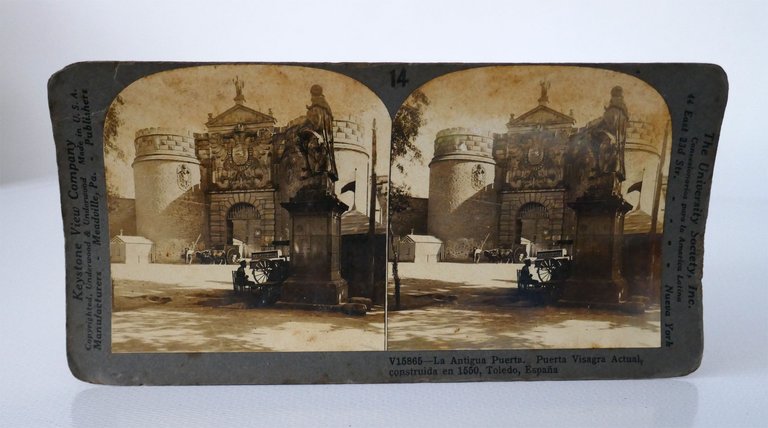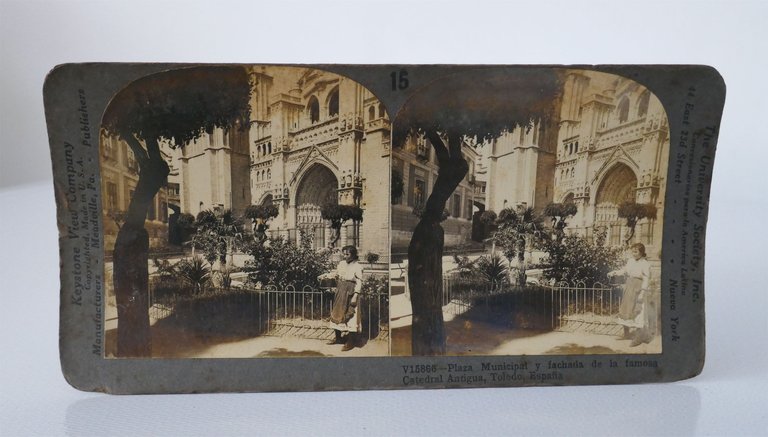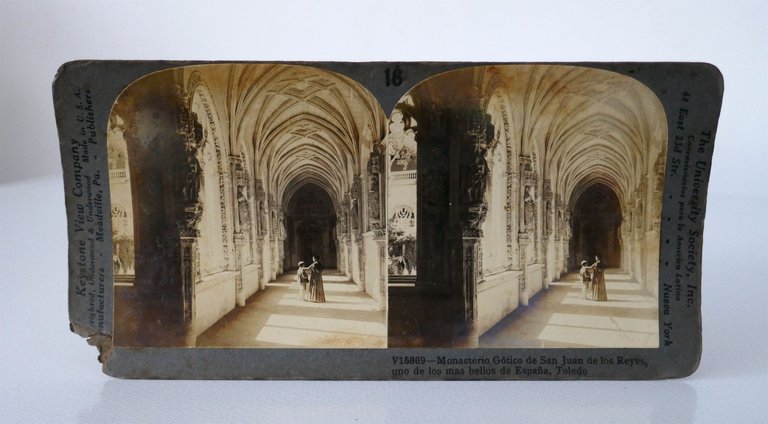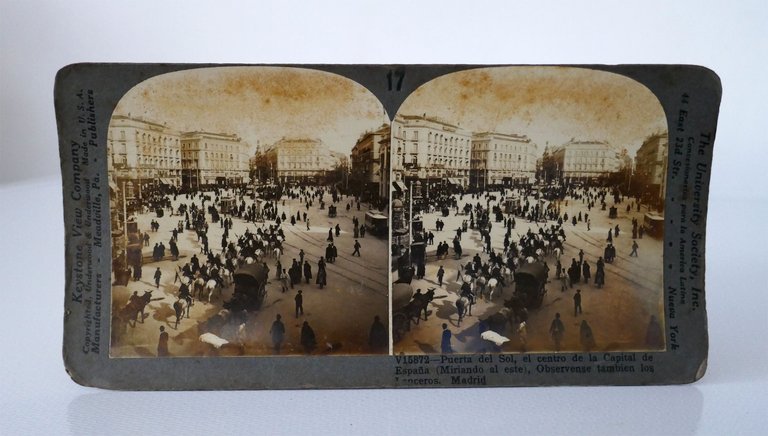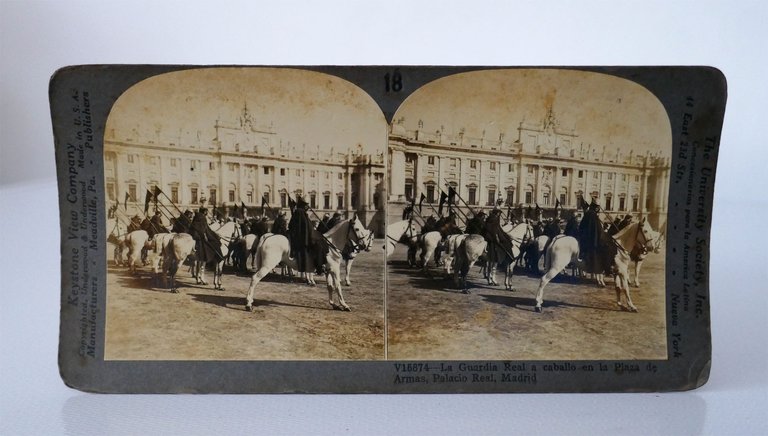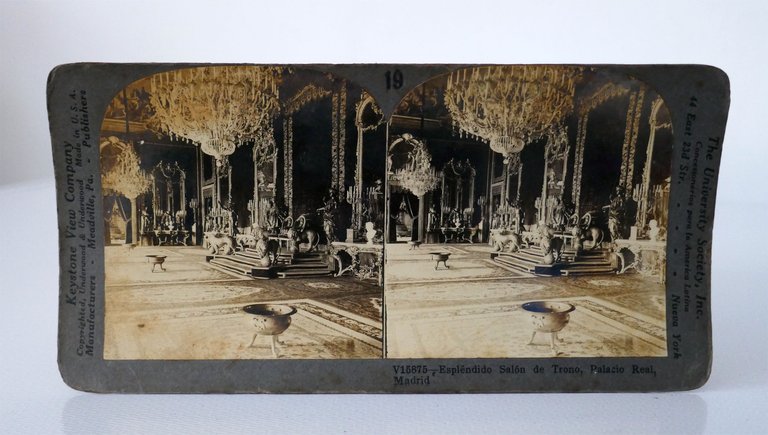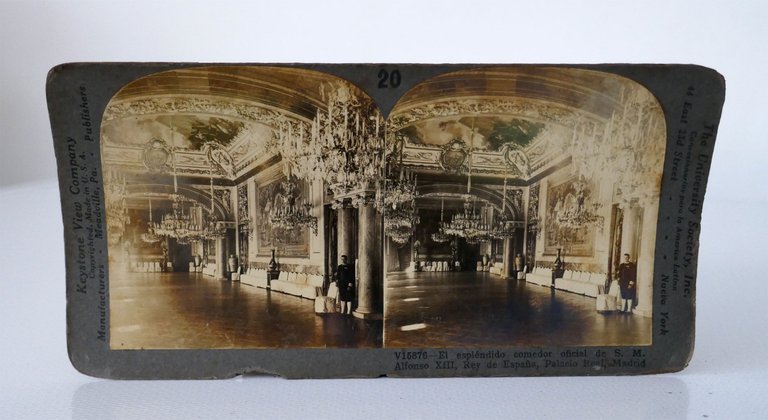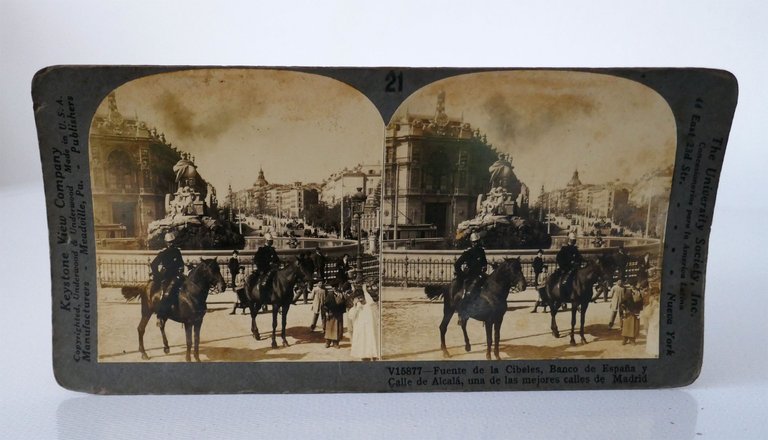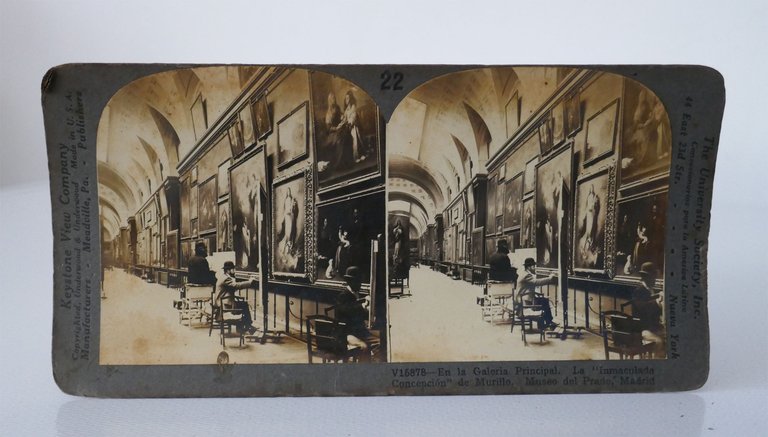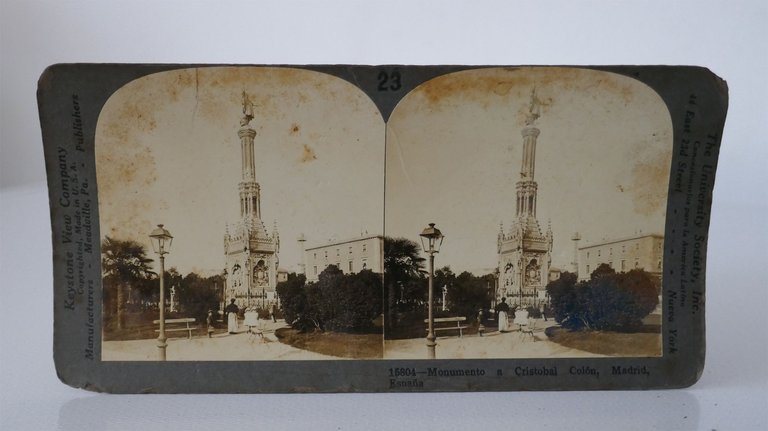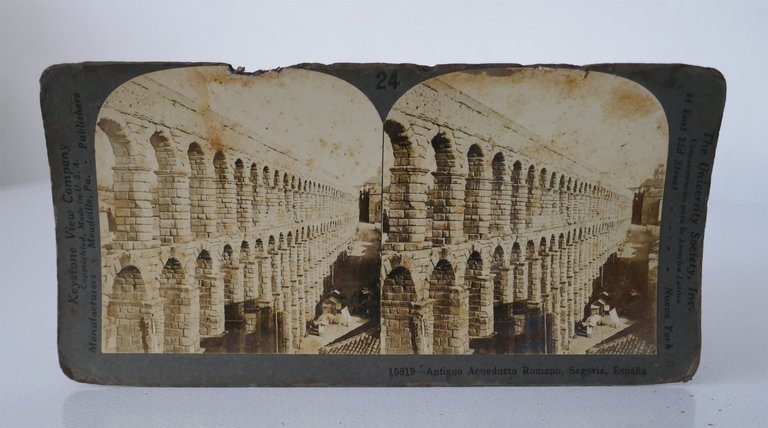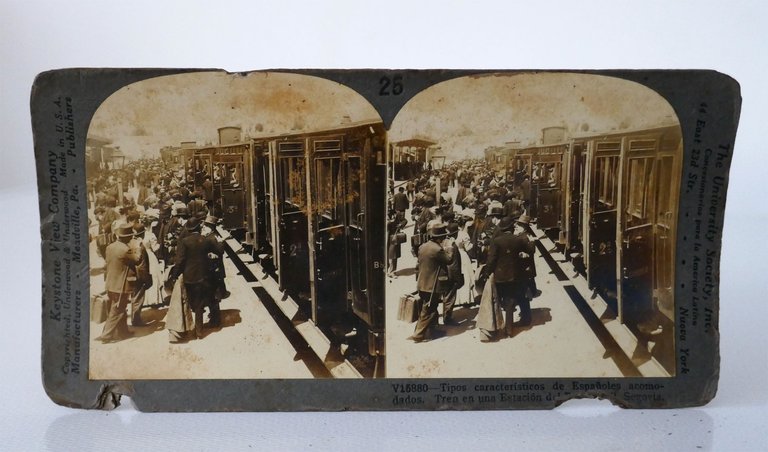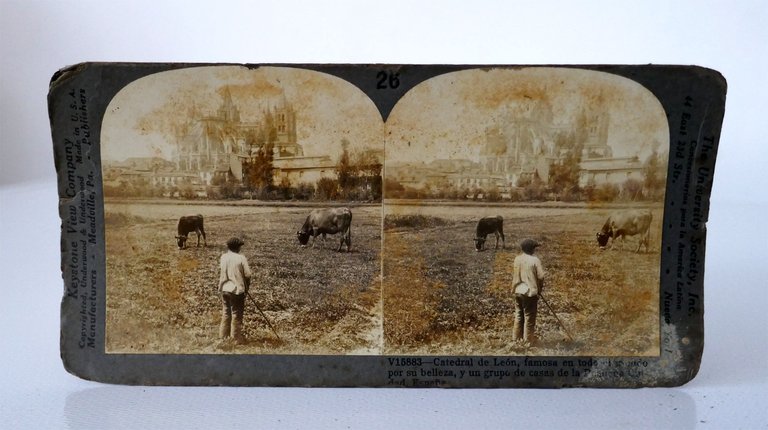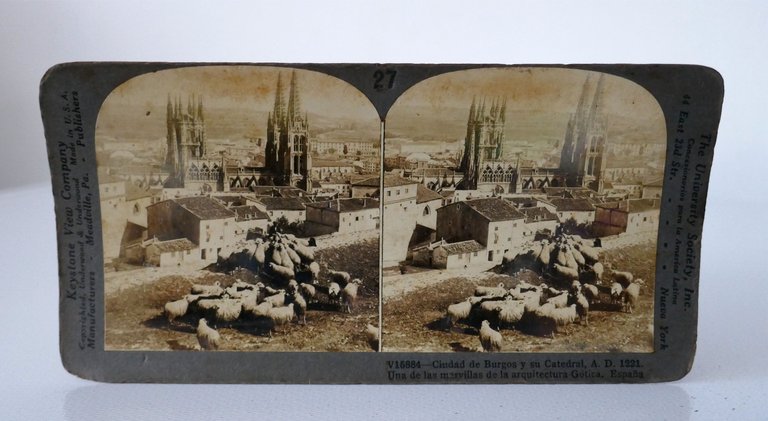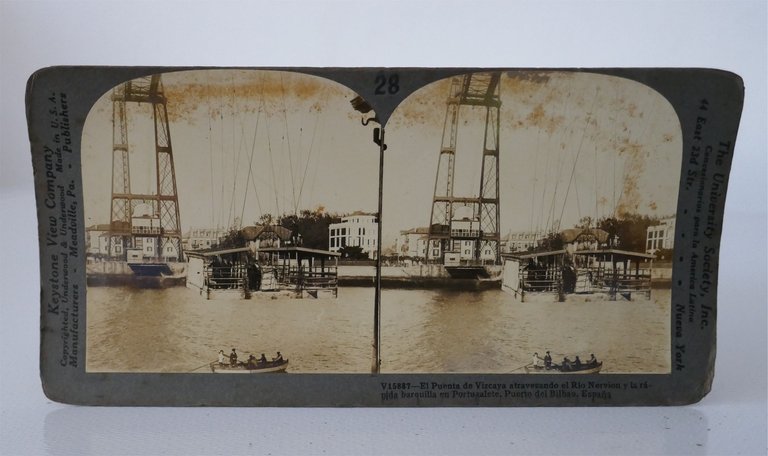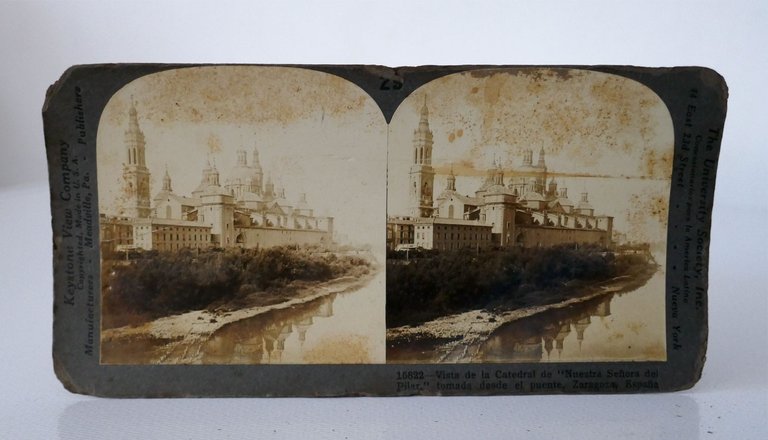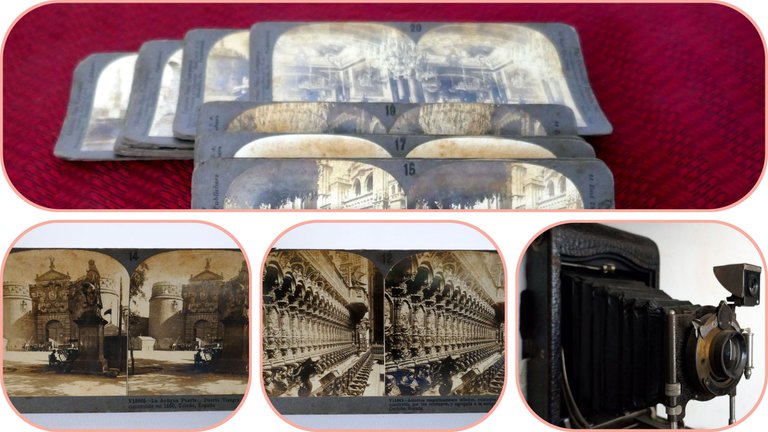
These photographs, more than a century old, are windows into the past, offering a glimpse into life, culture and history.
In a world where technology is advancing by leaps and bounds, and the present fades as fast as it arrives, old photographs are gifts that give us insight into past realities.
Images that have survived for more than a century, and more than simple portraits or landscapes, they are time capsules that connect us to that ancient history from its foundations.
A few days ago I shared with you Part One of photos of Spain taken before the First World War .
Today we continue with the second installment of photos, starting with the city of Córdova , specifically with the Mezquita-Cathedral . An imposing religious building located in the community of Andalucía built in the XVI century. Its beautiful columns with arched upper arches give it a unique appearance.
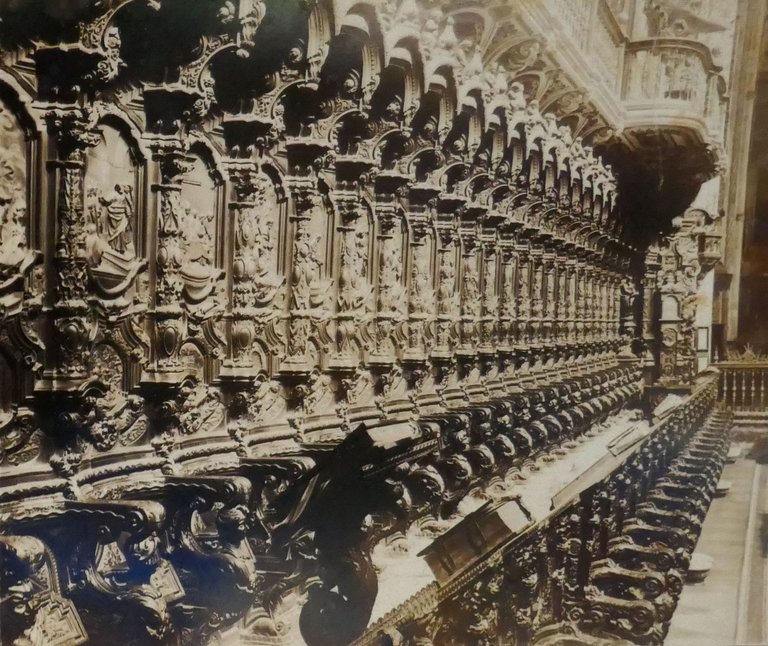
I zoomed in on the second photo, so you can see the measured work and the detail of the chairs. Quite a masterpiece, typical of an era when people competed for excellence.
Not only the men worked, but also the women of Cordoba found time for it. Leaning a ladder on the stem of an orange tree, they collected the citrus fruits to be enjoyed with the family or to be sold.
This photo takes us back to even older times, to the so-called Puerta Antigua de Bisagra, which gives access to the historic center in Toledo.
It was built in 1550, and nowadays, it looks different due to the modifications it has undergone over the years.
One of the most visited places is the Toledo Cathedral. It impresses by its entrance, where the Torre de Campanario and the rose window stand out.
At that time, this small garden provided that little natural green color between the majestic stone constructions.
Today you can enjoy beautiful views of the city, the main chapel, various works of art, and taste the rich cuisine and drinks offered by its restaurants and bars.
Another site not to be missed in Toledo is the Gothic temple of San Juan de los Reyes, built by the Catholic Kings.
The church stands out for its decoration. The main chapel shows arches and shields supported by eagles, and the ceilings with ribbed design, give the environment a distinct beauty.
In the Plaza de Armas de Madrid, we see the lanceros of the Guardia Real on their horses. Soldiers who used the lances as their defense tool.
These photos help preserve cultural identity, reflecting the roots of that society, the changes they faced, and the development over time.
In the following photo we see the Salón del Trono in the Palacio Real de Madrid, place or throne used by the king and his consort or spouse.
At present the throne is not occupied by a king, but they keep the two armchairs, its four golden lions that grasp the planetary sphere with one of its legs, as a reflection of power.
The statues of Apollo and Minerva, among other details, remind us of their original design.
The Official Dining Room of S. M. Alfonso XIII in the Palace, which is National Heritage today, maintains the design of the ceiling, its luminaries and its two colossal columns. The place is sometimes used for State dinners as Gala Dining Room.
Many artists find in these photographs a source of inspiration for their works. The aesthetics and composition of these, are studied, demonstrating that ancient art is relevant and capable of influencing the creation of new generations.
Below, an image of the Fuente de la Cibeles, the Banco de España and Calle Alcalá, one of the main arteries of Madrid.
If another place is well attended every year, it is the Museo Nacional del Prado in Madrid, where you can enjoy the works of world famous European painters, sculptors and artists.
In photo number 22, you can appreciate the main gallery, where you can observe the illustrious oil painting on canvas, of The Immaculate Conception of the Venerables, made by Bartolomé E. Murillo.
The beautiful Christopher Columbus Monument located in the Plaza of the same name, gives us with its 17 meters high, its neogothic style. The statue is three meters high and carved in marble and stands out at the top.
The Ancient Roman Aqueduct of Segovia, a great construction of granite blocks, with two levels and more than 100 arches, carried water to this city from the Aceveda river.
In this other photo, we see the movement of people in the Segovia Train Station, which was inaugurated in the 19th century.
These images allow us to better understand the context of these different eras, offering a tangible perspective that achieves an emotional connection with those who lived in those times.
Below, two cows grazing, and forming part of the composition of the photo. In the background is the catholic temple: the Catedral de León.
City of Burgos and its Cathedral: another of the wonders of Gothic architecture.
Photo of the Bizcaya Bridge crossing the river Nervión.
Cathedral of Nuestra Señora del Pilar. Photo taken from the bridge Zaragoza.
By viewing these photo relics, not only do we preserve the artistic quality of their creators, but we also make valid the effort and vision of those photographers, to capture those moments that would have been lost in oblivion.
Friends, I hope you enjoyed this second installment. In the third, which will be the last of this triad, you will have a surprise, related to these printed jewels that I have shared.
Thanks to those who read me. I wish you a nice weekend.

Photos, taken before 1904, property of Keystone View Company, USA.
Camera I used to show you these photos: Panasonic Lumix DMC-ZS100
Text divider. Free use from @eve66
Text by Andrés Brunet
@abrunet

Thank you for reading
Welcome your comments
Infinite greetings!

